Luxury Diapers & the Rise of Influencer Parenting
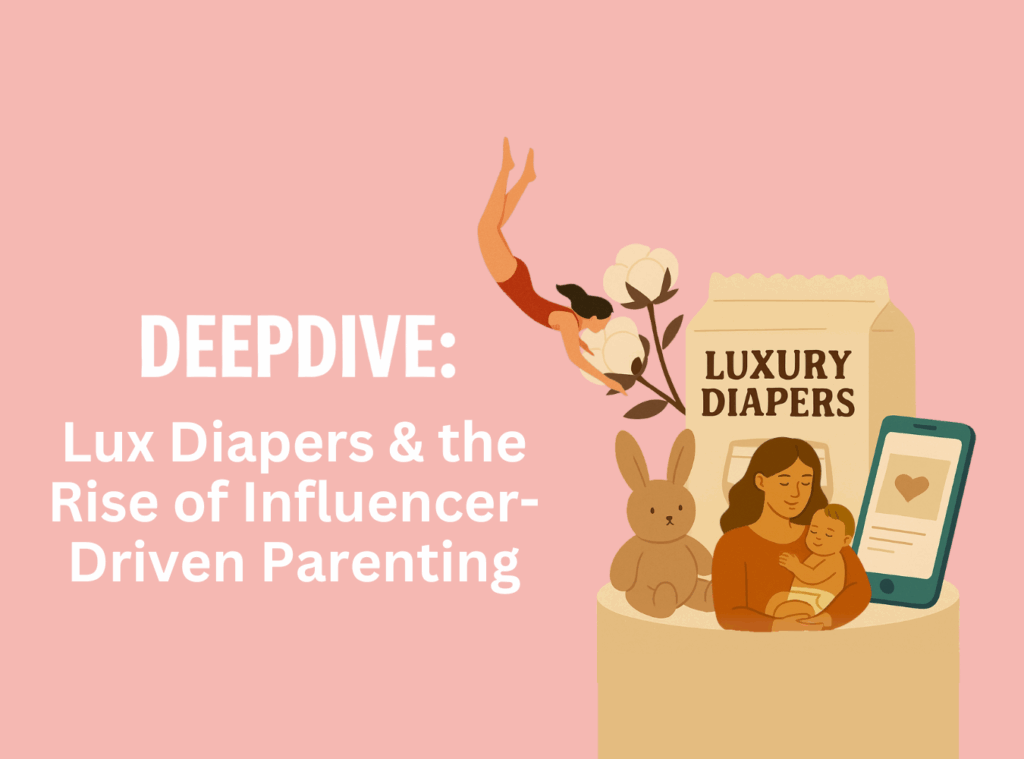
The New Status Symbol: Clean, Soft, and Instagram-Worthy Diapers have always been a necessity. Yet in recent years, they have begun to take on a new role in parenting culture. What was once a utilitarian purchase is now becoming a lifestyle choice that signals values like sustainability, softness, safety, and even design sensibility. Luxury diaper […]
AI Slop: When the Internet Drowns in Synthetic Junk
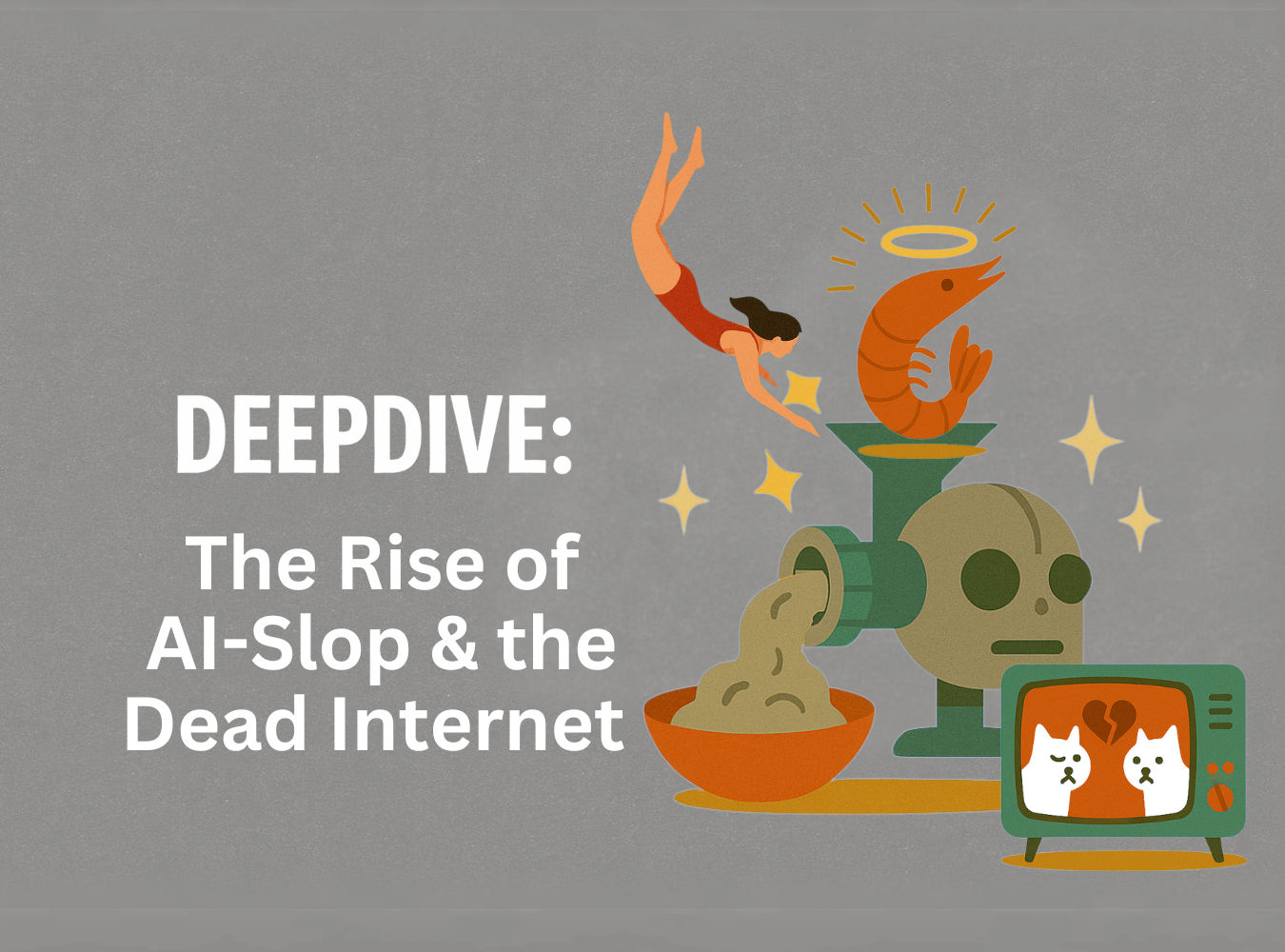
Shrimp Jesus, Cat Soap Operas, and “Great Photography”. The internet has always had a spam problem, but 2024–2025 introduced a new flavor: AI Slop. Critics and users alike are using this term to describe the tidal wave of low-effort, mass-produced AI content now clogging feeds across Facebook, YouTube, and beyond. The problem isn’t just quantity. It’s […]
Taylor Swift’s Marketing Playbook: The Life of a Showgirl
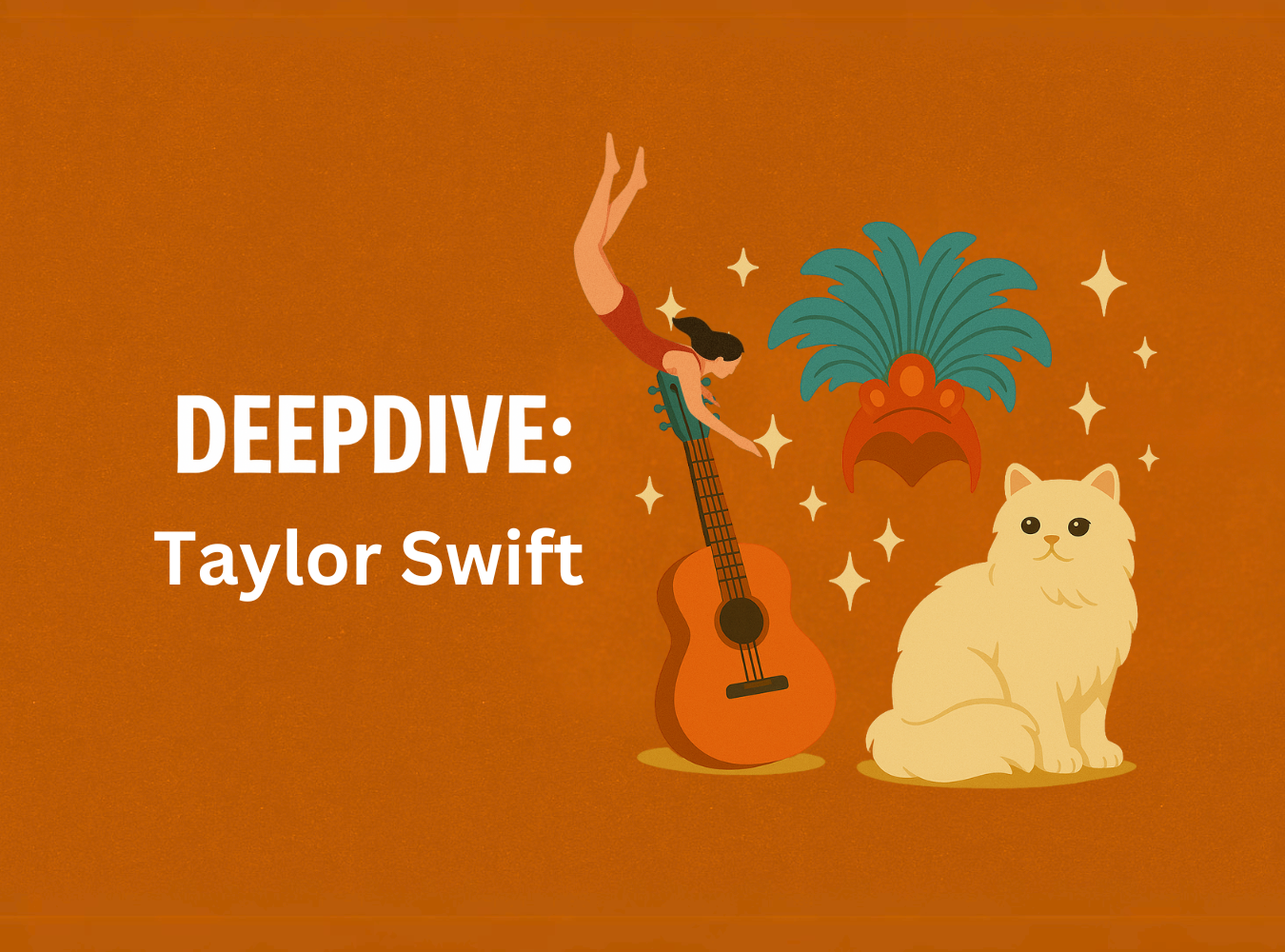
How social strategy, storytelling, and merch made “The Life of a Showgirl” a masterclass in modern marketing When Taylor Swift announced her 12th studio album, The Life of a Showgirl, via a surprise appearance on the New Heights podcast, she didn’t just drop news—she set off a cross-platform ripple that lasted all week. With just […]
How Dexter: Resurrection Rewrote the Social Playbook for Legacy Franchises
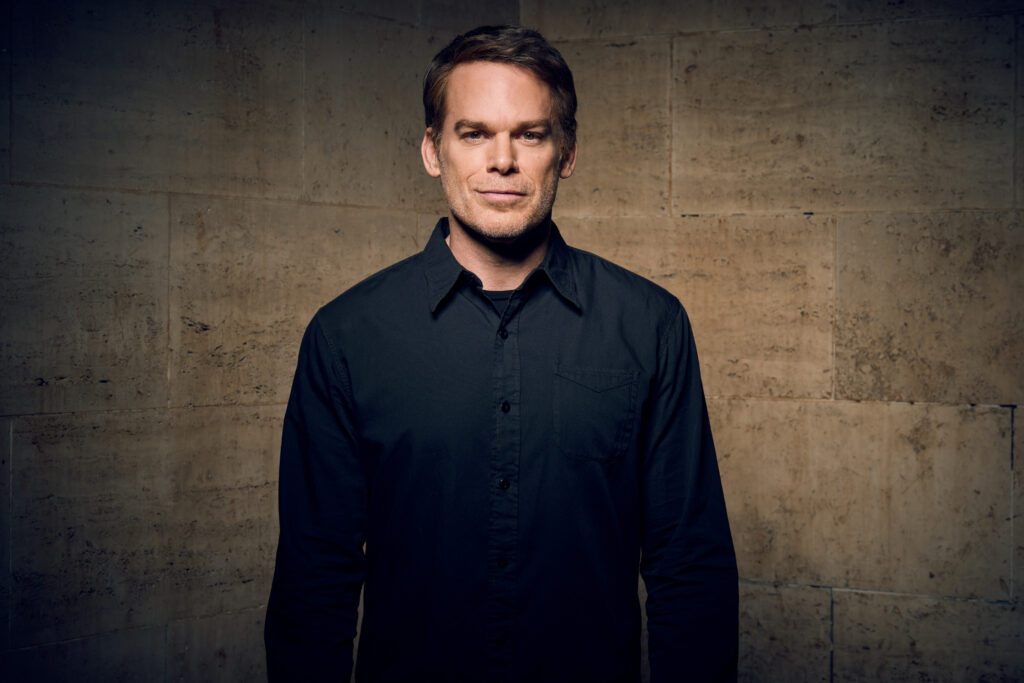
Early investment, fan-first thinking, and real-time strategy turned a sequel into a streaming standout When Dexter: Resurrection premiered in 2025, it wasn’t just a revival. It was a reinvention, designed to reconnect longtime fans while onboarding a new generation of viewers in a completely different digital landscape. The stakes were high. Dexter’s original run helped […]
Starbucks’ Drop‑First Playbook
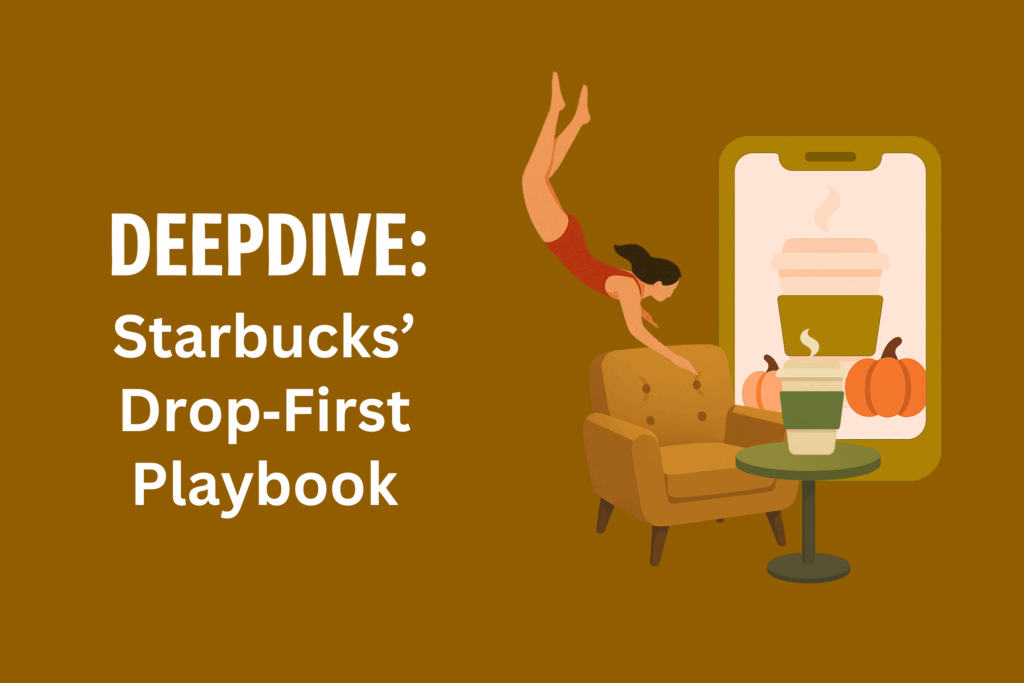
Guest post by John Langan, Solutions Consultant at ListenFirst Starbucks’ Marketing Strategy 2025: How to Turn Product Moments into an Always-On Social Engine Starbucks’ Marketing Strategy is a masterclass on brand growth and evolution, one that is not afraid to pivot as needed without fear. The cafe chain was founded in 1971 at Seattle’s Pike Place Market, […]
Social Reporting, Solved: The Future of Strategy at ListenFirst

Click here to watch the full webinar. Social media analytics is shifting fast, and ListenFirst is meeting the moment by focusing on what clients actually need: smarter reporting, faster insights, and strategic partnership. In the July 30th webinar, the ListenFirst leadership team unveiled major product updates, expanded services, and a renewed commitment to listening to […]
